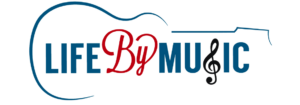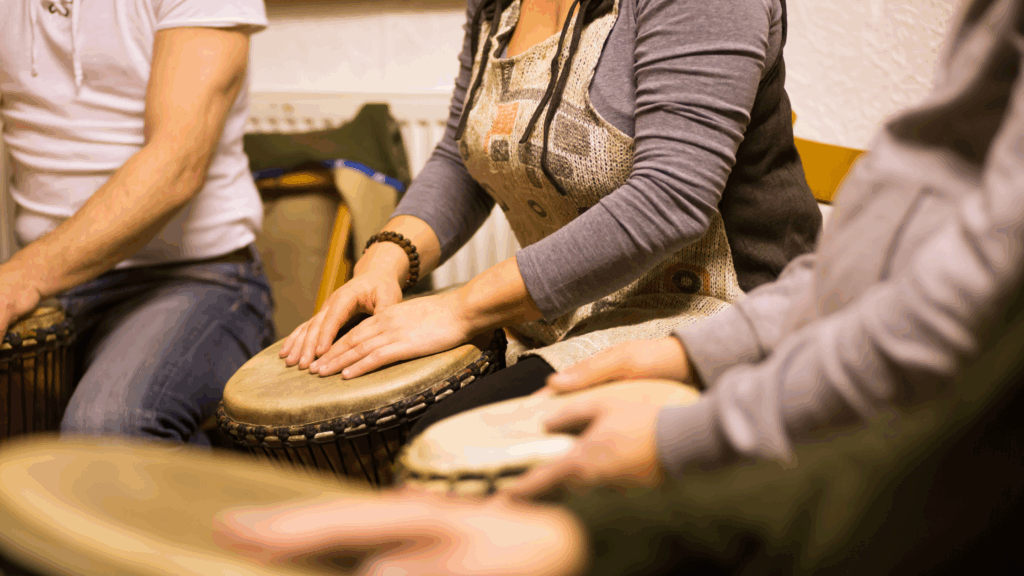Drums have always been more than just instruments. They are tools of communication, celebration, and healing. From ancient tribal rituals to modern-day therapy sessions, drumming circles have provided people with a powerful way to connect with themselves and others. But why are these gatherings still so impactful today?
The Ancient Roots of Drumming Circles
Long before therapy rooms and self-help books, people turned to rhythm to express what words couldn’t. Drumming circles were (and still are) used by Indigenous cultures around the world to bring communities together, mark important moments, and promote spiritual healing. The repetitive, grounded beat has long been associated with meditative states, group cohesion, and emotional release.
Modern-Day Healing: Drumming as Therapy
Today, drumming circles are making a strong comeback and not just among musicians. Mental health professionals, educators, veterans’ groups, and corporate teams are tapping into the benefits of rhythmic connection.
Scientific studies support these claims. Group drumming has been linked to reduced cortisol (the stress hormone), improved immune function, and increased social bonding. It’s even used in trauma recovery programs to help people reestablish a sense of safety in their bodies.
Building Connection Through Rhythm
Rhythm is instinctual and primal. It’s an ancient language that connects us to the Earth and to one another. It lives in our heartbeat, our breath, the cycles of nature. Rhythm awakens expression, often through movement and dance, giving voice to what words cannot say. When we find our rhythm, we tap into a force that grounds us, carries us, and helps us navigate the ever-changing tides of life. One of the most beautiful parts of joining of drumming circle is the fact that you don’t need to be a trained musician or know how to read music. The goal isn’t perfection, it’s participation.
How to Start or Join a Drumming Circle
Interested in trying one yourself? Here are a few simple steps:
- Find a local facilitator or group: Check community centers, music therapy programs, or even Facebook groups for open circles.
- Don’t have a drum? No problem: Many groups provide instruments, or you can use household items like a bucket or even your hands.
- Show up and be open: No musical skill required. Just come ready to listen, respond, and enjoy the moment.
If you’re interested in starting your own circle, consider reaching out to a facilitator for guidance or resources. Organizations like the Drum Circle Facilitators Guild, Remo HealthRHYTHMS, and Christine Stevens UpBeat Drum Circles offer great tips.
Final Beat: Why It Matters
In times of stress, loss, or disconnection, drumming circles offer a return to something simple and ancient: rhythm. They remind us that we don’t have to go it alone. We can create harmony together.
So the next time you feel overwhelmed, pick up a drum, close your eyes, and follow the beat. You might be surprised how quickly you find your rhythm.
Are you or someone you know interested in music, but don’t know where to start? Check out our music programs at lifebymusic.org/programs

